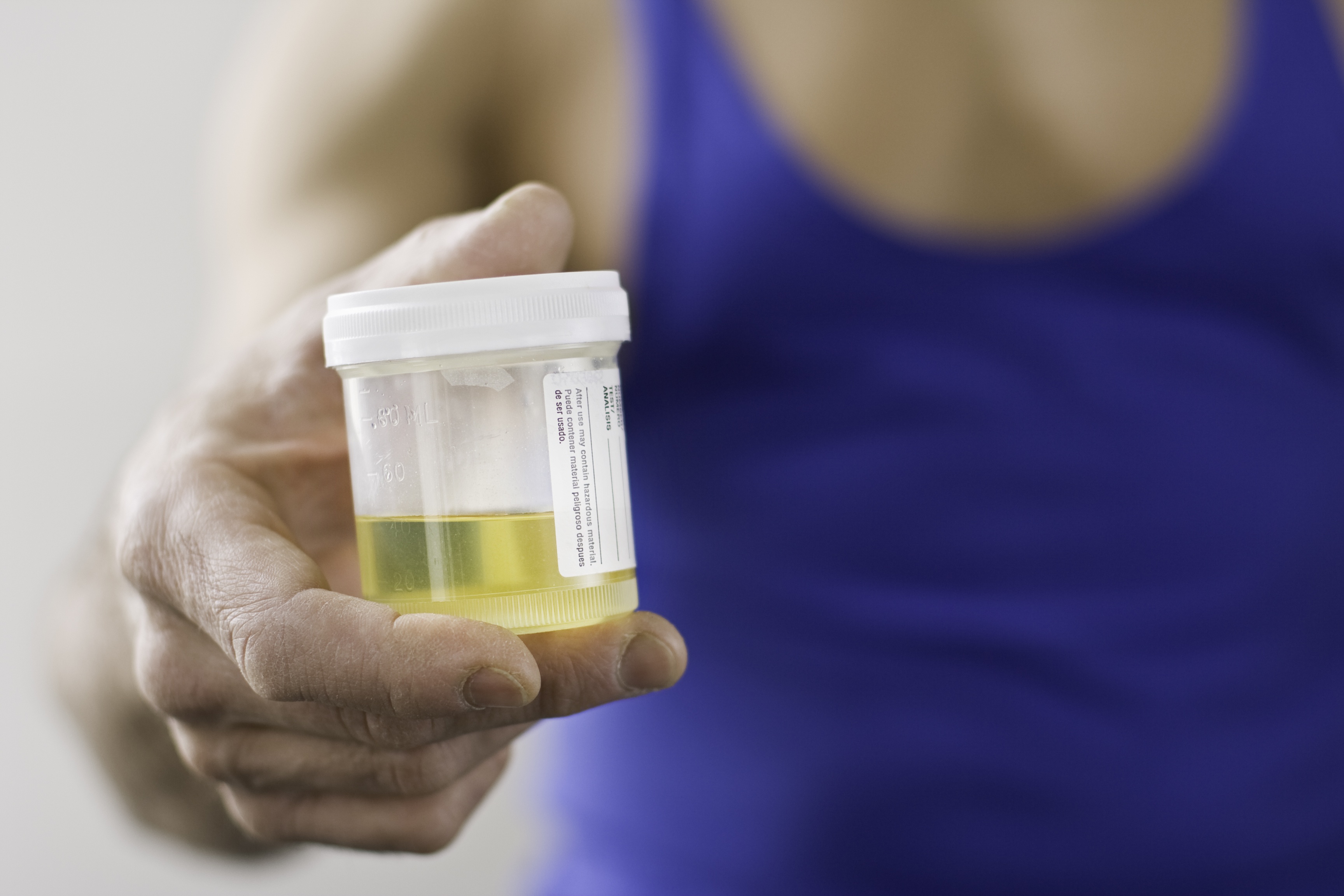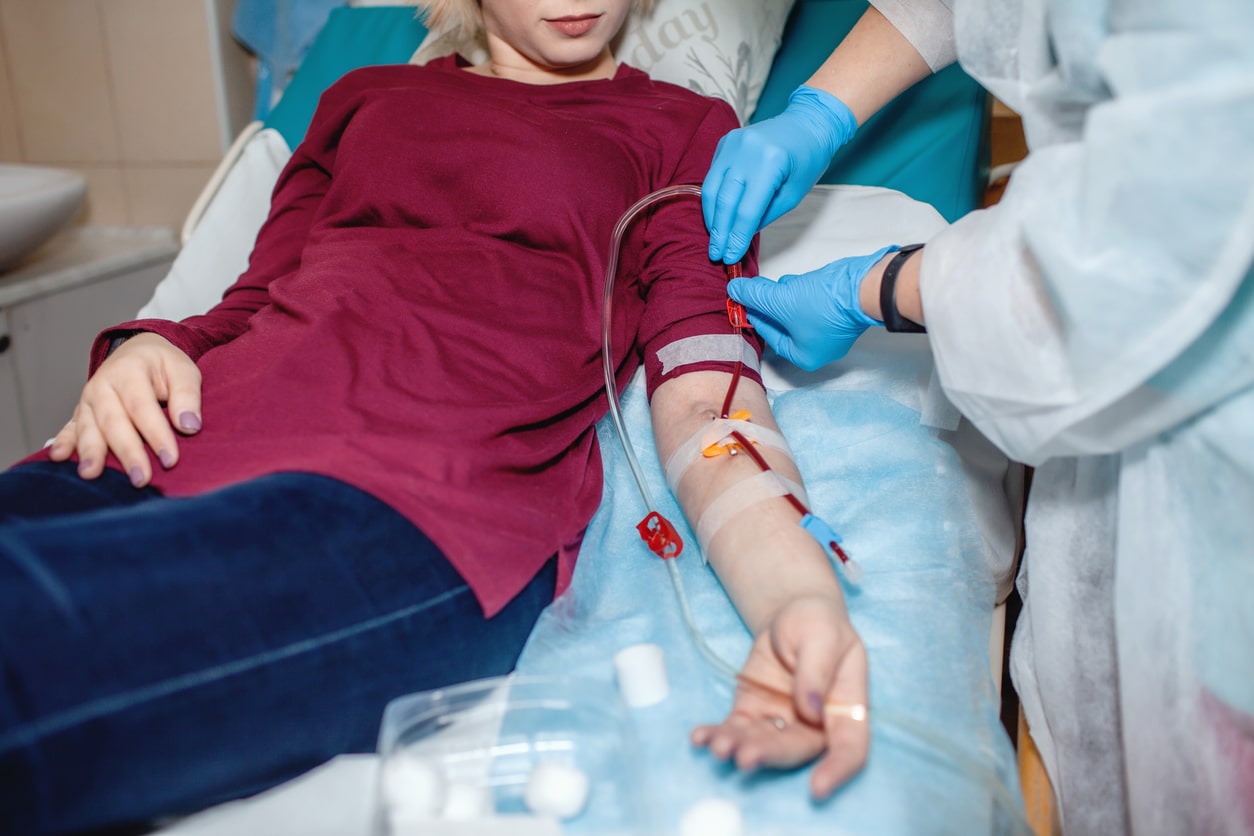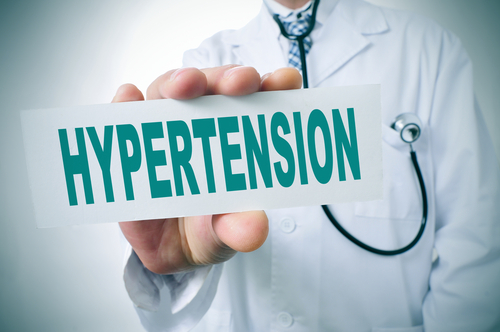
During the COVID-19 pandemic in New York, there were shortages in capacity for continuous kidney replacement therapy (CKRT) for patients who were critically ill with acute kidney injury (AKI) stage 3 requiring dialysis. Yuvaram N. N. Reddy, MBBS, and colleagues conducted an analysis to estimate CKRT demand and capacity during the initial wave of the pandemic in the United States [American Journal of Kidney Diseases. doi.org/10.1053/j.ajkd.2020.07.005].
The researchers developed mathematical models to project CKRT demand and capacity both nationwide and statewide. Data sources included the Institute for Health Metrics and Evaluation (IHME) model, the Harvard Global Health Institute model, and published literature. Data on patients hospitalized in the United States during the initial wave of the COVID-19 pandemic were included (February 6, 2020 to August 4, 2020). The outcomes of interest were CKRT demand and capacity at peak resource utilization and the number of states projected to encounter shortages in CKRT.
Under base-case model assumptions, the nationwide capacity of CKRT was 7032 machines, an estimated shortage of 1088 machines (95% uncertainty interval, 910-1568 machines), and shortages in six states at peak resource utilization. In sensitivity analyzes, assumptions about the number of available pre-COVID-19 surplus CKRT machines and the incidence of AKI requiring dialysis among patients hospitalized with COVID-19 resulted in projected shortages in three to eight states and four to eight states, respectively. In the best-case scenario, there were projected shortages in three states; in the worst-case scenario, there were projected shortages in 26 states.
The researchers noted limitations to the estimates included assumptions made in the absence of published data on CKRT capacity and limitations in the IHME model.
In conclusion, the researchers said, “Several US states are projected to encounter CKRT shortages during the COVID-19 pandemic. These findings—while based in limited data on CKRT demand and capacity—suggest there being value during healthcare crises such as the COVID-19 pandemic in establishing an inpatient kidney replacement therapy national registry and maintaining a national stockpile of CKRT equipment.”







 © 2025 Mashup Media, LLC, a Formedics Property. All Rights Reserved.
© 2025 Mashup Media, LLC, a Formedics Property. All Rights Reserved.